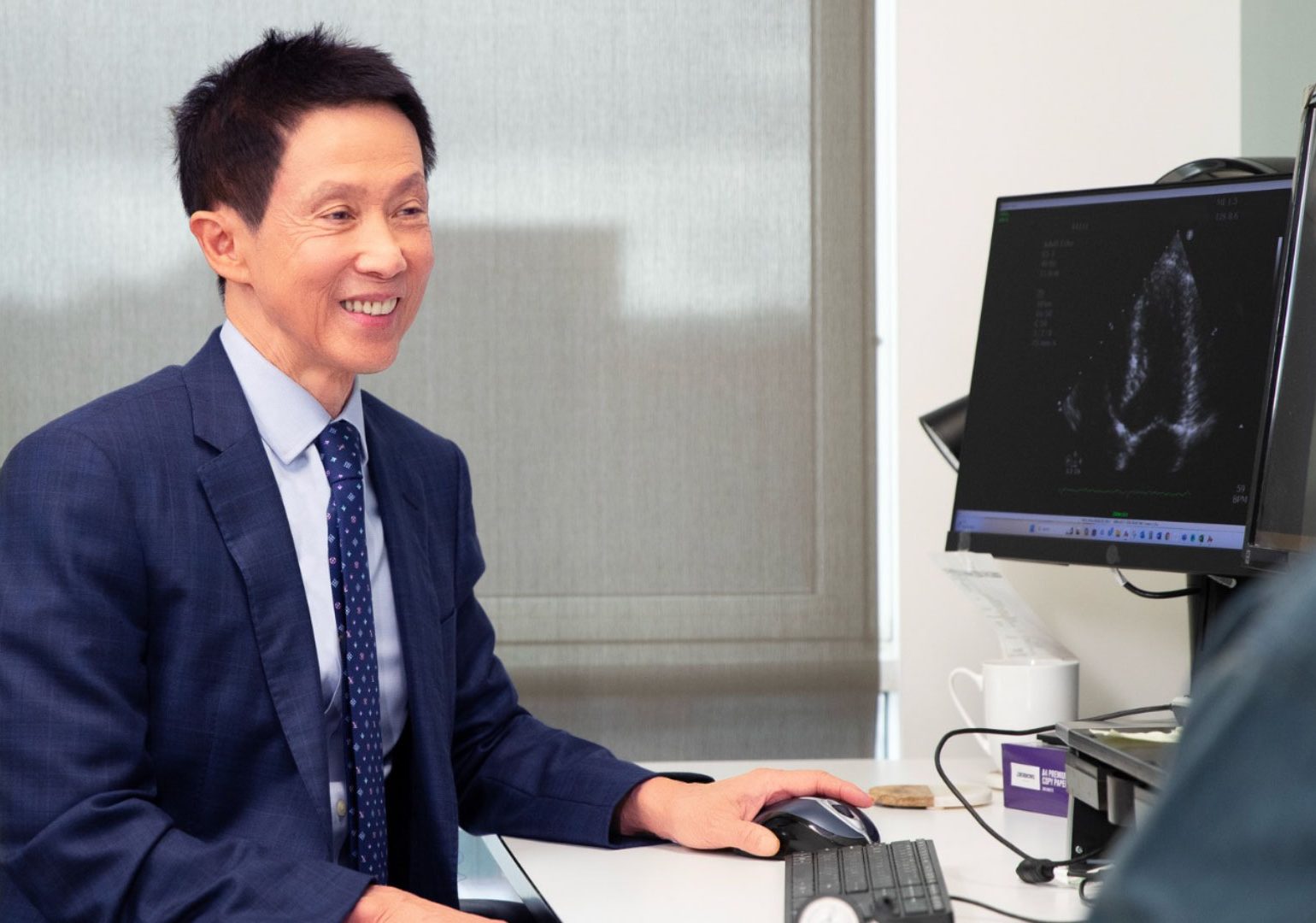Dr. Hosen Kiat is a renowned Australian cardiologist and medical researcher who has made contributions in nuclear cardiology and integrative medicine at the international level. His studies have united cardiology with other progressive fields that touch upon the depth of the heart, brain, and the whole human body.
Dr. Kiat was born in Jakarta. His initial progress gave him a scholarship to start his higher education in Australia. There, he completed a Bachelor of Medicine (MBBS). He advanced his qualification and achieved a Doctor of Medical Science (DMedSc) from the University of New South Wales.
After his formal training, Dr. Kiat carried on with his training in cardiology in Australia, and moved to America to continue studies in nuclear cardiology at the Cedars-Sinai Medical Center in Los Angeles.
There, he became interested in integrating medical technology with clinical practice. He was later hired as a Director of Cardiac Imaging Research at Cedars-Sinai.
He is well known because of his contributions to nuclear cardiology, cardiovascular diagnostics, and preventive medicine. He is one of the highest 1% of researchers in clinical medicine across the globe, which is proven by more than 200 peer-reviewed publications and over 16,000 citations in the scientific literature.
His achievements include the co-invention of the Quantitative Gated SPECT (QGS) and the Quantitative Perfusion SPECT (QPS), which are software programs in Cardiac imaging. Such systems allow physicians to evaluate the blood flow in the myocardium and the functionality of the heart with accuracy. This game-changer could potentially transform the process of diagnosis and the overall standard of patient care worldwide.
The contribution of scientific work by Dr. Kiat has contributed to the development of the integration of new advanced imaging in clinical cardiology, which has provided new insights into the mechanisms of cardiovascular development and progression. His studies are based on imaging technology and a wider study of the relationship of systems in the body.
Dr. Kiat has been a pioneer in the development of cardiovascular education and research in Australia. Being the Foundation Professor of Cardiology at Macquarie University, he helped in setting up the Macquarie University Hospital, as well as the affiliated medical school. Through the initiatives, a new model of academic medicine has been developed in Australia, which focuses on academic medicine, research, education, and clinical service.
He has an academic influence in various institutions. He is presently employed in five Australian universities, namely the Australian National University, Macquarie University, Torrens University Australia, Charles Sturt University, and Western Sydney University.
His research explores the use of tai chi, herbal medicine, and non-pharmaceutical interventions to determine how they are relevant to physiological resilience and longevity. He has especially been involved in the investigation of photobiomodulation, the application of light to activate cell repair and mitochondrial activity, nutritional approaches to minimize oxidative stress, and promote cellular metabolism.
Dr. Kiat has also taken part in the international clinical trials, which assess the new diagnostic methods and preventive measures of cardiovascular disease. These involve research on the imaging of unstable arterial plaque before heart attacks, coming up with nutritional models to help in cellular recovery, as well as research in the therapies that promote cardiovascular health by helping in the metabolism of energy.
Dr. Kiat has promoted a comprehensive view of cardiovascular medicine in his career, where technology is as important as biology and patient-centered care. His scientific worldview highlights the fact that heart disease is not actually just a mechanical problem but is a compound system of physiological and environmental factors.
Whether it is a combination of the conventionality of the field of cardiology and a new dawn in imaging, neurophysiology and the health of cells, the work of Dr. Kiat shows that interdisciplinary thinking can help broaden the horizons of medical science and science so that the research on the heart is not only a subject of study on the anatomical level but also a source of innovation and discovery.






